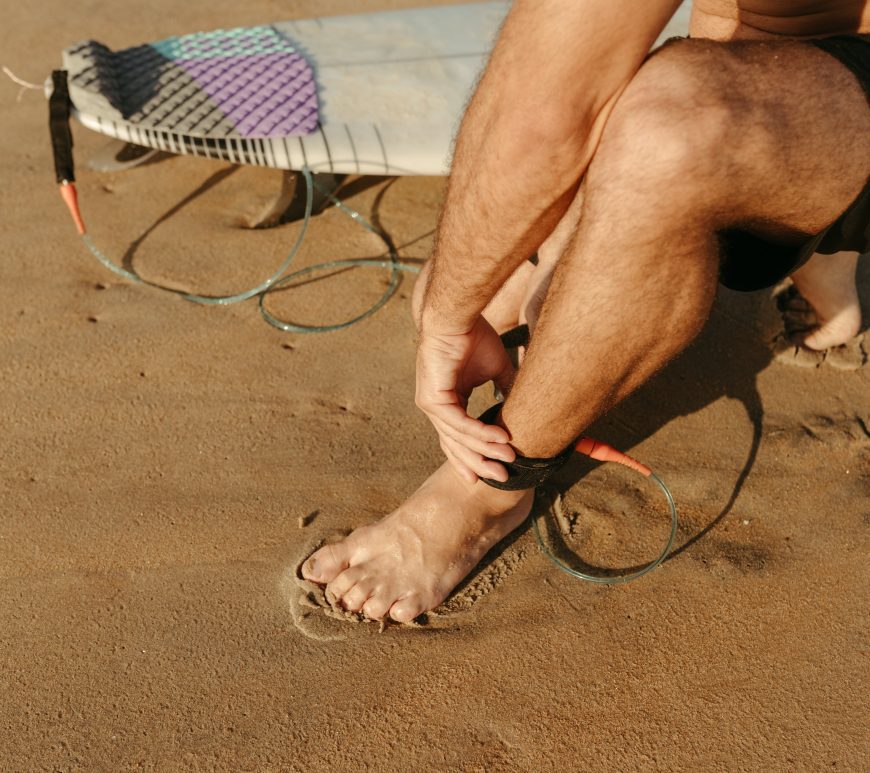
Does spinal mobilization help stroke survivors walk faster?
Stroke survivors often have difficulty walking due to persistent neural deficits and thus have complex rehabilitation needs. Researchers report that about 40% of the stroke survivors are left with neurological damage resulting in long-lasting disabilities (1). Clinicians have developed a range of therapeutic strategies to improve the functional abilities of those affected with chronic stroke-related impairments, including fitness training, high-intensity therapy and repetitive-task training (2). … Continue reading Does spinal mobilization help stroke survivors walk faster?



